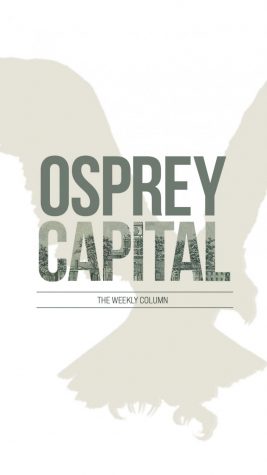You get a budget! You get a budget! Everyone gets a budget!

Last time we talked about the four steps to achieving your financial goals, and step two talked about budgeting.
This week, we will attempt to tailor a budget for you by reviewing popular budgeting methods.
Budgeting is sometimes falsely advertised as one-size-fits-all without considering the ever-changing factors that slap people from time-to-time. Not everyone has a full-time job or has a steady income where they know a paycheck will arrive on certain days of the month.
Remember, the issue isn’t the money itself; it’s what you do with it that matters.
Please go back to the previously mentioned article and complete the necessary steps to see your financial shape.
CASH-ONLY
It’s in the title. The only way you budget is simply by sticking to cash. Why? Because of the notorious phrase, “cash is king.”
There are different ways you can go about this budgeting method. Here are some options:
- Pay for everything in cash, but it may prove problematic because of the pandemic and businesses not accepting cash.
- Continue paying bills online, but give yourself a weekly allowance (maybe like $20?) to spend that money on whatever you want that isn’t an expense. Encourage yourself to change your value system because you prioritize things differently. Perhaps having to count out the money and change will make you realize the worth of items.
- Instead of having a savings account, go doomsday style and bury the money. You read that correctly. Every week or month, pull some cash aside and hide the money at an undisclosed location. What a great way to start up that emergency fund you always talked about.
ENVELOPE METHOD
This method plays off of the cash-only budget, but with the added stationary. You get envelopes— big enough to fit bills inside- and label each of them with an expense.
For example, you might have groceries, cellphone, gas, utilities, and car payment envelopes. With the cash on hand, you disperse the money accordingly to those envelopes. Some people have noted taping the envelopes at the back of their closets or drawers.
Since the money is away, the money inside cannot be used for anything other than its assigned expense. Ah, ah! No buts.
This method — for some obvious reasons — can be complicated for college students to utilize. The logic being that college students don’t walk around with cash, have a car to go to the bank to take the money out, have the discipline not to spend the seemingly “free” money, or feel safe to leave a large amount of money easily accessible for sneaky roommates.
50-20-30 RULE
If you are an aspiring minimalist— you probably have heard of this method. This budgeting style is accredited to Senator Elizabeth Warren from her book “All Your Worth: The Ultimate Lifetime Money Plan” and takes on a simplistic view of money.
It’s not hard to remember— quite cut-and-dried.
50% of your after-tax income is for expenses
Including but not limited to rent, transportation, groceries, utilities, insurance.
20% of your after-tax income is for savings and debt repayment
30% of your after-tax income is for everything else
Including but not limited to shopping, eating out, any hobbies you fund.
The main issue is that it’s not quite obtainable for college students. As mentioned in the previous article, not all expenses are the same. Plus, living in a county where, according to MIT’s Living Wage calculator, you must be a full-time employee making at least $11.07 an hour to survive on your own— seems impossible.
Perhaps use this budget once graduated, living with other people, and have a stable income.
SAVINGS BEFORE RAVINGS
That’s not the actual name of the budget, but it has a nice ring to it. While the other methods put expenses above everything else, how about putting money in savings at the start.
Ensure that your savings and emergency fund have money while also getting your bills out of the way.
Because, let’s face it, we’re all guilty of taking money out of the savings account more often than not to squeeze by. Savings before ravings is an excellent budget for college students who have small bills (like groceries and a cellphone) but are looking forward to big purchases (like laptops, cars, or apartments).
If you’re making decent money and able to pay those bills, why not start getting yourself ready for the next step towards your independence. The reason is that the average housing cost in Duval County is shy of $8,000— so get to saving!
BUDGETING APP
Might as well use the technology on hand. Several apps strategically help people budget, and some are free!
Here’s to name a few:
You Need a Budget (YNAB) – yearly subscription.
Mint – free
EveryDollar – free
PocketGuard – free
Goodbudget – basic account is free
Clarity Money – free
Later on, we’ll go into these apps in-depth and talk about their features, pros and cons, and how to use them to help you reach your financial goals.
Check these budgeting methods out. Or even do a combo on a few to suit your needs. Money and budgeting aren’t as hard as it seems, and once you get the hang of it, you’ll be a money whiz. If you have any money questions you need a money answer to, send us a message, and we’ll cover it.
___
For more information or news tips, or if you see an error in this story or have any compliments or concerns, contact editor@unfspinnaker.com.













